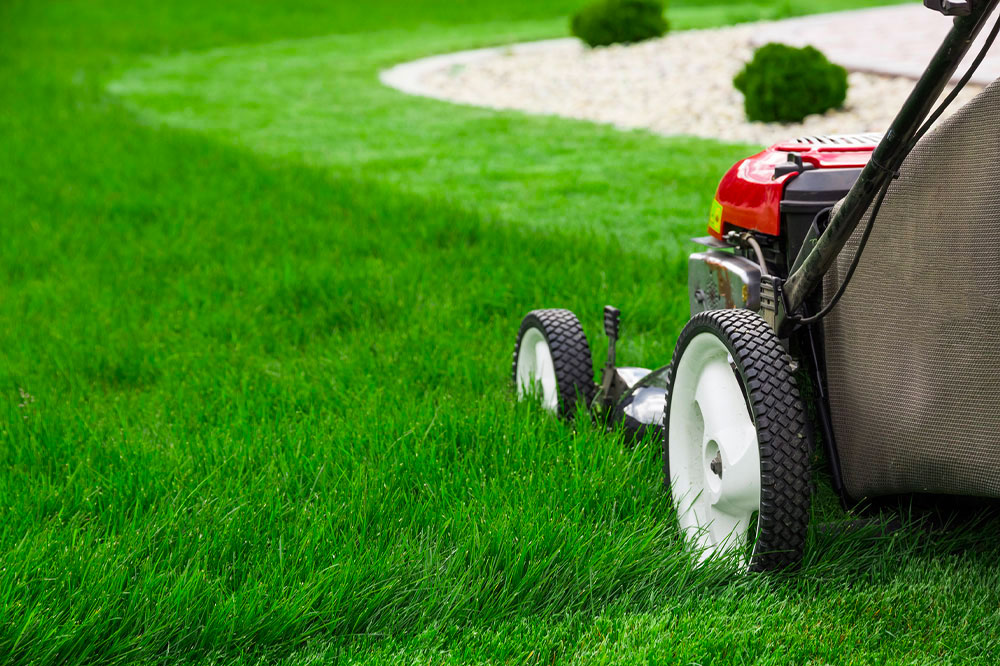5 lawn care tips to maintain a lush green yard

Lawn care and gardening can be hands-on jobs. It is not enough to simply plant some seeds, water the lawn a few times, and expect the best results. You can maintain a lush green lawn, but you need to be patient. Right from the first day of planting the grass to pursuing regular mowing, weed trimming, and every other activity, you need to put in the work. Here are a few useful tips to make lawn care easier for you.
Seeds or sod, both work!
You can buy grass seeds that are bioengineered to suit a particular climate. For the best results, consider using seasonal seeds. However, this is a time-consuming process. It takes a couple of months to grow a full lush green lawn. A quicker alternative is to consider a more expensive but quick sod plantation. You can also install pre-grown garden patches to quickly transform the layout. Either way, you end up with a lush green garden.
Leaves cleanup and weed trimming
Go easy on the cleanup, as natural leaves can help the soil fertilize and retain nutrients to improve grass quality. Get rid of unwanted debris and dried leaves with a mower instead of using a heavy rake. But be aggressive with weeds, as it can become difficult to uproot them once the roots grow strong. Consider applying pre-emergent herbicides to counter weed growth in the hotter months. If the saplings continue to mature by spring, it’s time to switch to weed killers, which can be applied evenly across the lawn.
Water early in the morning
Flooding the lawn will force the soil to retain more water and the grass to burrow its roots deeply. But sparsely watering the lawn can force the grass to go dry and not root into the soil before the sapling even matures. Either way will not be beneficial. Water once sufficiently early in the morning so that the grass absorbs as much as possible before peak noonday heat.
Maintain a proper mowing height
Lawn experts suggest keeping the grass mowing height only a couple of inches shorter than its actual growth. It’s best to avoid using an extremely high voltage, gas-powered lawn mower. Cutting too close to the roots might force out the grass saplings. You can trim them lightly instead.
Aerate the lawn
As the soil gets compacted, lesser nutrients penetrate and nourish the grass. Compacted soil also makes it difficult for the water to penetrate to the roots. So, aerate the entire lawn at least a few times every year to allow the soil to absorb nutrients.





